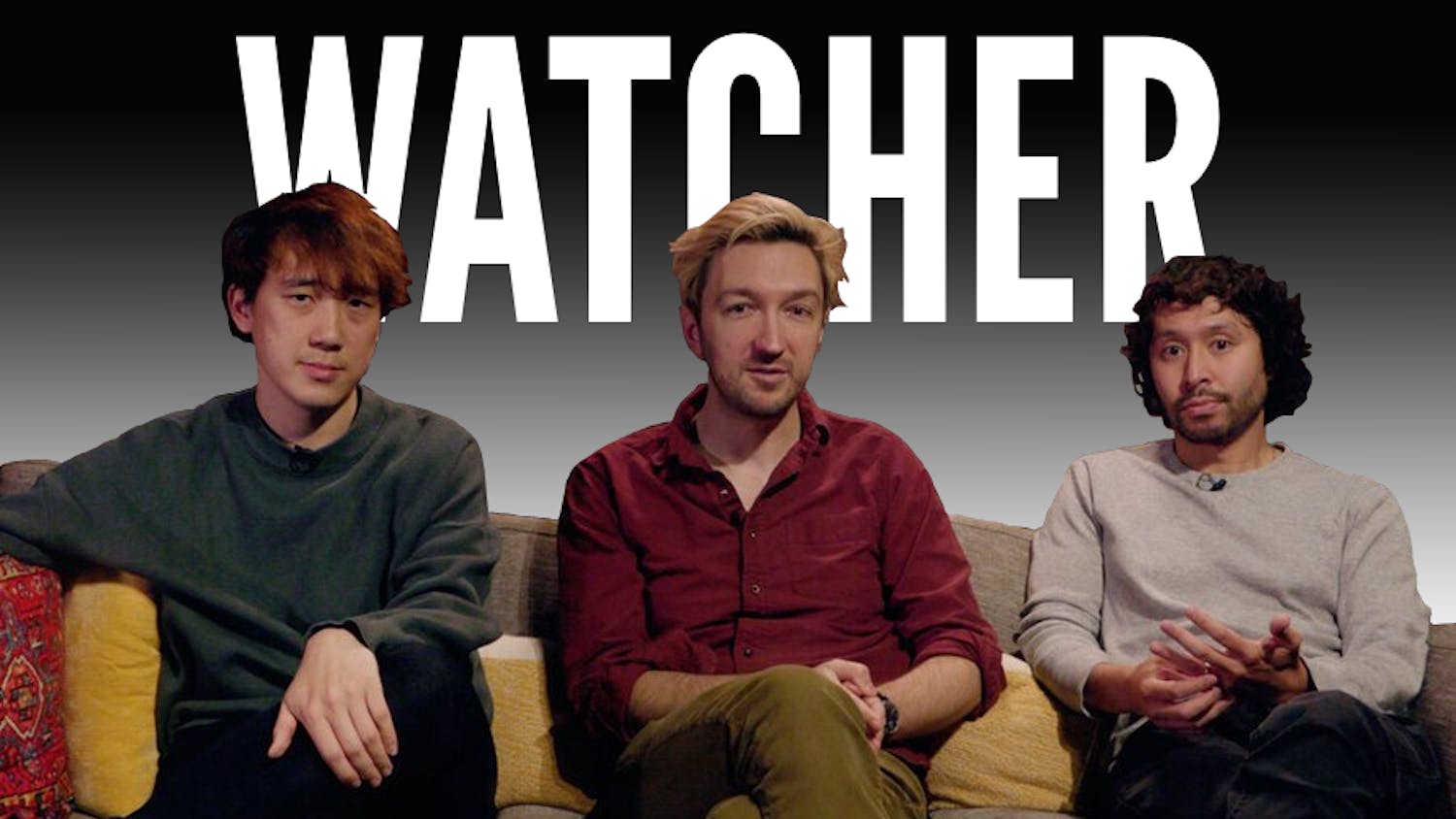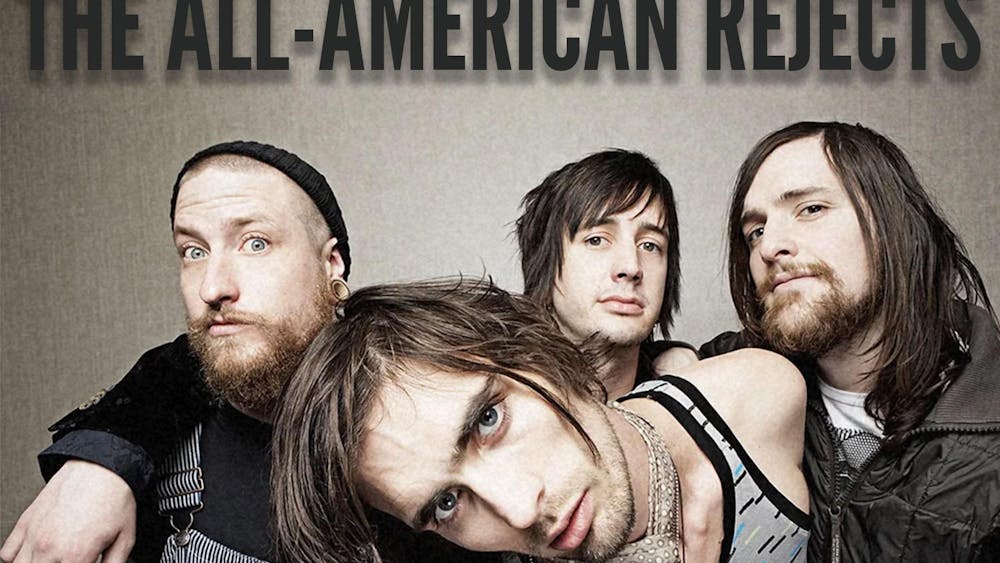The decision to see a book-turned-movie is always a tough one. Will the movie do justice to the book? Will the director have tweaked the plot or the ending to best fit his message? Will the beloved main character be accurately portrayed by a talented actor/actress or mangled by a sub-par one? Is it worth $10 to possibly see your favorite book destroyed on screen?
These questions gain deeper significance when you consider the new technologies available to directors and producers. It seems like everyone wants to produce a 3-D movie. And the CGI effects available are astounding. But do these new advances in moviemaking really add to the quality of a movie?

And in our increasing politicized society, the movie industry can often twist movie plots to convey certain messages to viewers. Modern technology only increases the ability to manipulate audiences with dazzling graphics. Sometimes, in bringing classic books to the big screen, directors miss, overemphasize or ignore key plot elements to suit their aims for the movie.
Two movies coming out in the next two years0 might potentially fall victim to one of these modern moviemaking dilemmas: "The Great Gatsby: 3-D" and "Atlas Shrugged: Part 1." Directors Baz Luhrmann and Paul Johansson have the opportunity to fascinate and captivate audiences with modern adaptations of classic novels.
But Luhrmann, director of "Gatsby," has a reputation for excess. F. Scott Fitzgerald's Great American Novel has enough excess; it's the nature of Jay Gatsby's persona. Even without the 3-D aspect Luhrmann wants to incorporate into the movie, he runs the risk of over-emphasizing the gin, wild parties and flappers, passing over the subtler themes of class warfare and the decaying idea of the American Dream. He risks repeating his 2001 hit, "Moulin Rouge," just minus the brothel.
And then considering the idea to make the movie in 3-D, what is there to gain? Once again, Luhrmann runs the risk of focusing too much on the extra-dimensional aspect of his adaptation. He may stun his audiences with higher ticket prices and in-your-face visuals, but to what end? Fitzgerald's genius often stemmed from his use of subtlety, and Luhrmann might do well to learn from him.
The issue of "Atlas Shrugged: Part 1" lies more in its politics than its visual effects. Director Paul Johansson has, probably wisely, chosen to break the 1,200-page novel into two parts, the first one due for release April 15. In her epic novel, author Ayn Rand explores her philosophy of objectivism, best expressed by the credo of many characters from the book: "I swear by my life and my love of it that I will never work for the sake of another man nor ask another man to work for the sake of mine."
While Rand has stated that her novel was not a "fundamentally political book," it takes a decided stance against any form of state intervention in society. In light of the current political situation, it is easy to see how the movie could almost become propaganda. However, Rand is correct in her statement that her book is not entirely political. Yes, she encourages and promotes a pure laissez-faire system. But she also incorporates important and intriguing themes concerning the importance of the individual mind and the theory of sex. To turn this novel into a piece of propaganda would distort it and ruin Rand's carefully crafted masterpiece.

Modern cinema has taken liberties with many classic books and legends, and not all have worked out in its favor. It's a sad day when Robin Hood fights more with a sword than a bow and arrow — as he did in Ridley Scott's 2010 "Robin Hood." Hopefully Luhrmann and Johansson will surprise their audiences and use modern contexts and technology to a positive end, avoiding all the easy traps it lays for directors, to produce cinematic masterpieces true to their roots.












